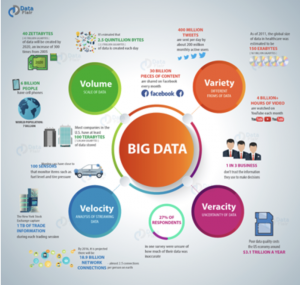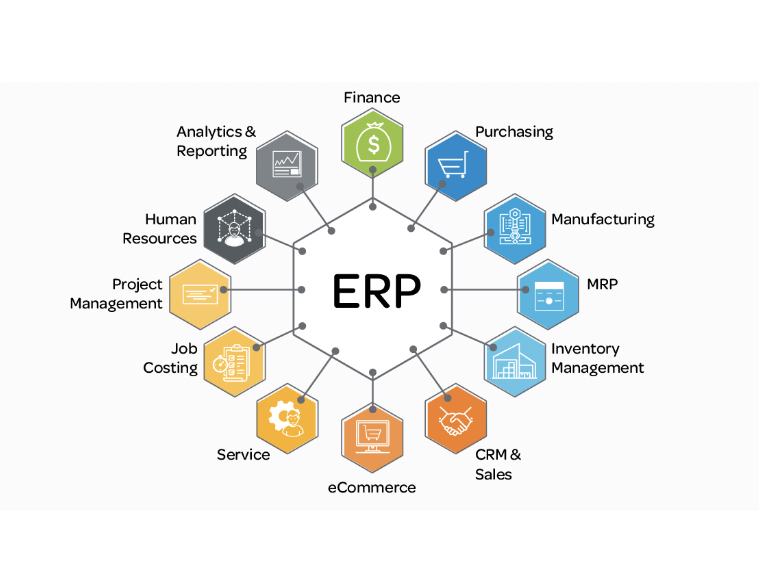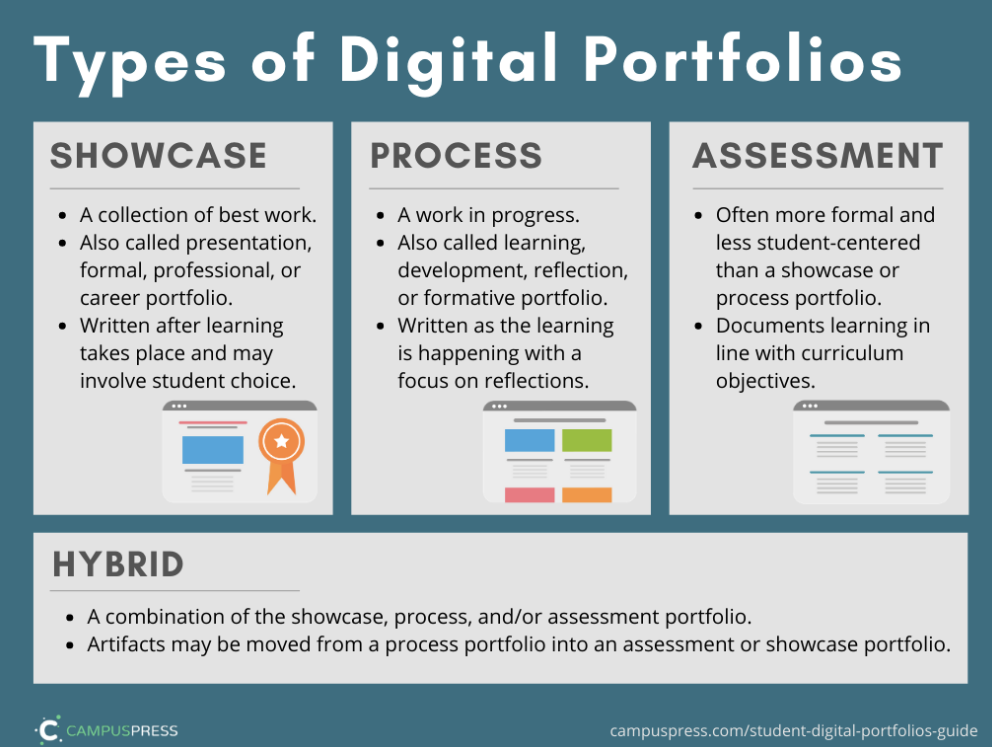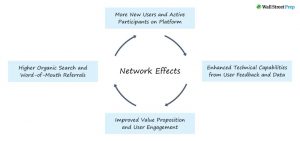First, a function in Javascript is defined as set of statements that perform a task or calculate a value but the procedure must accept some form of input and return an output as a result of the input. The return output is needed to help define that there is an obvious relationship between in the input and output, and it must be defined somewhere too. A function must be named and a list of parameters about the function must be included in the parentheses and separated by commas, while also being enclosed in curly brackets. An example of a function is:
function square(number) {
return number * number;
}
That is one example of many different functions you can create in Javascript, but this an example of limitless possibilities of functions you can create for your site or app or anything you need JavaScript.




 as well. An example would be the internet. When the internet first came about, there were very few users and information available. As new users were able to gain access it made the internet larger and more popular. These users were then able to publish more information and it added significant value to the internet. Now whenever you have a question, the odds are in your favor to find the answer you need on the internet. The network effect is big in social media platforms like Instagram, TikTok, and Facebook. The network effect is important to businesses, especially for social media apps, because it allows companies to make larger profits as well as lower their operations costs. It allows other companies to market their products as well. It can be applied to stocks as well. The varying price of stocks is due to supply and demand. As the price of stocks is low, more people begin to invest and the benefits of that particular stock increase as well.
as well. An example would be the internet. When the internet first came about, there were very few users and information available. As new users were able to gain access it made the internet larger and more popular. These users were then able to publish more information and it added significant value to the internet. Now whenever you have a question, the odds are in your favor to find the answer you need on the internet. The network effect is big in social media platforms like Instagram, TikTok, and Facebook. The network effect is important to businesses, especially for social media apps, because it allows companies to make larger profits as well as lower their operations costs. It allows other companies to market their products as well. It can be applied to stocks as well. The varying price of stocks is due to supply and demand. As the price of stocks is low, more people begin to invest and the benefits of that particular stock increase as well.